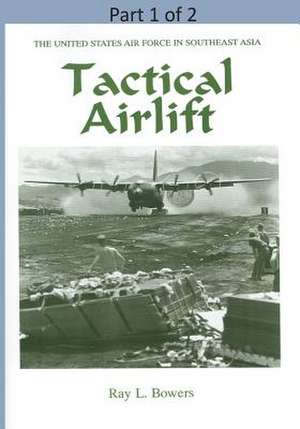Tactical Airlift ( Part 1 of 2)
Autor Office of Air Force History, Us Air Forceen Limba Engleză Paperback
Preț: 153.46 lei
Nou
Puncte Express: 230
Preț estimativ în valută:
29.37€ • 30.97$ • 24.45£
29.37€ • 30.97$ • 24.45£
Carte disponibilă
Livrare economică 21 decembrie 24 - 04 ianuarie 25
Preluare comenzi: 021 569.72.76
Specificații
ISBN-13: 9781508698777
ISBN-10: 1508698775
Pagini: 492
Dimensiuni: 178 x 254 x 25 mm
Greutate: 0.84 kg
Editura: CREATESPACE
ISBN-10: 1508698775
Pagini: 492
Dimensiuni: 178 x 254 x 25 mm
Greutate: 0.84 kg
Editura: CREATESPACE
